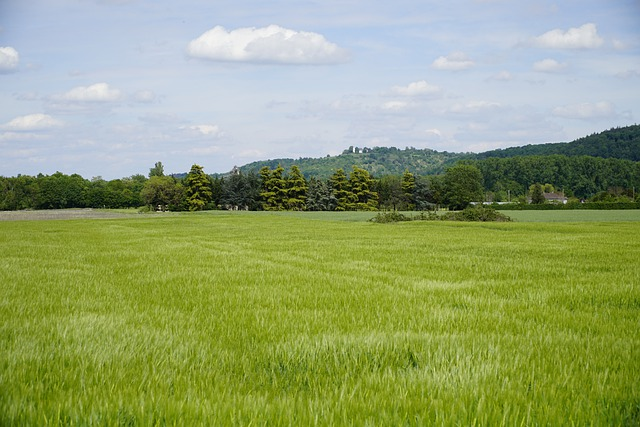Spring Barley: Plant Growth Regulators – May 2020
25 May 2020With the dry conditions and some patchy germination, the last thing many spring barley crops need is a growth regulator.
Crops under stress should not be treated with a growth regulator.
Much of the spring barley grown is for low N malt and as these malting crops are grown in less fertile situations with reduced N fertiliser, they are generally at low lodging risk and do not require a growth regulator. Sometimes in this type of crop, growth regulators can give rise to secondary tillers with small grains – a particular issue in crops grown for low N malting.
However, crops being grown for high N green malt or feed in a high fertility situation may develop a larger canopy, particularly if they were sown earlier and grew away well before things turned dry. These crops are at more at risk of lodging and may justify treatment. This is particularly the case if a variety that is weaker strawed is being grown. Straw strength ratings of varieties on the 2020 Scottish Recommended List are as follows:
Straw strength ratings of Spring Barley Varieties on the 2020 Scottish Recommended List
| LG Diablo | 7 | Sienna | 7 | Cosmopolitan | 7 |
|---|---|---|---|---|---|
| SY Tungsten | [7] | RGT Asteroid | 7 | RGT Planet | 7 |
| Firefox | [7] | Fairing | 7 | Propino | 7 |
| Laureate | 7 | Concerto | 7 | Prospect | [7] |
| KWS Sassy | 6 | SY Splendour | [7] | Scholar | 7 |
Many chlormequat products are not authorised for use on spring barley, so it is important to check the label before applying chlormequat. A limited number of products do have authorisation for use in spring barley, 3C Chlormequat 750, for instance, can be applied from GS23 to GS32. Chlormequat should be applied during good growing conditions – it must not be applied to crops under stress.
Sign up to the FAS newsletter
Receive updates on news, events and publications from Scotland’s Farm Advisory Service

